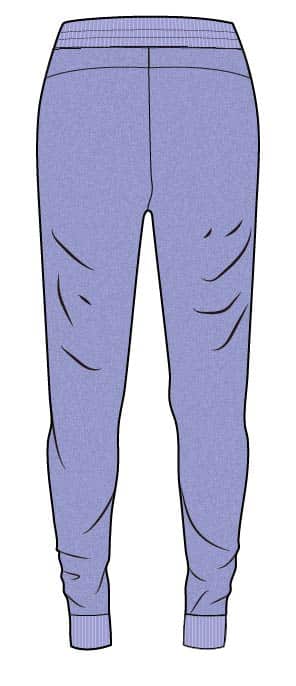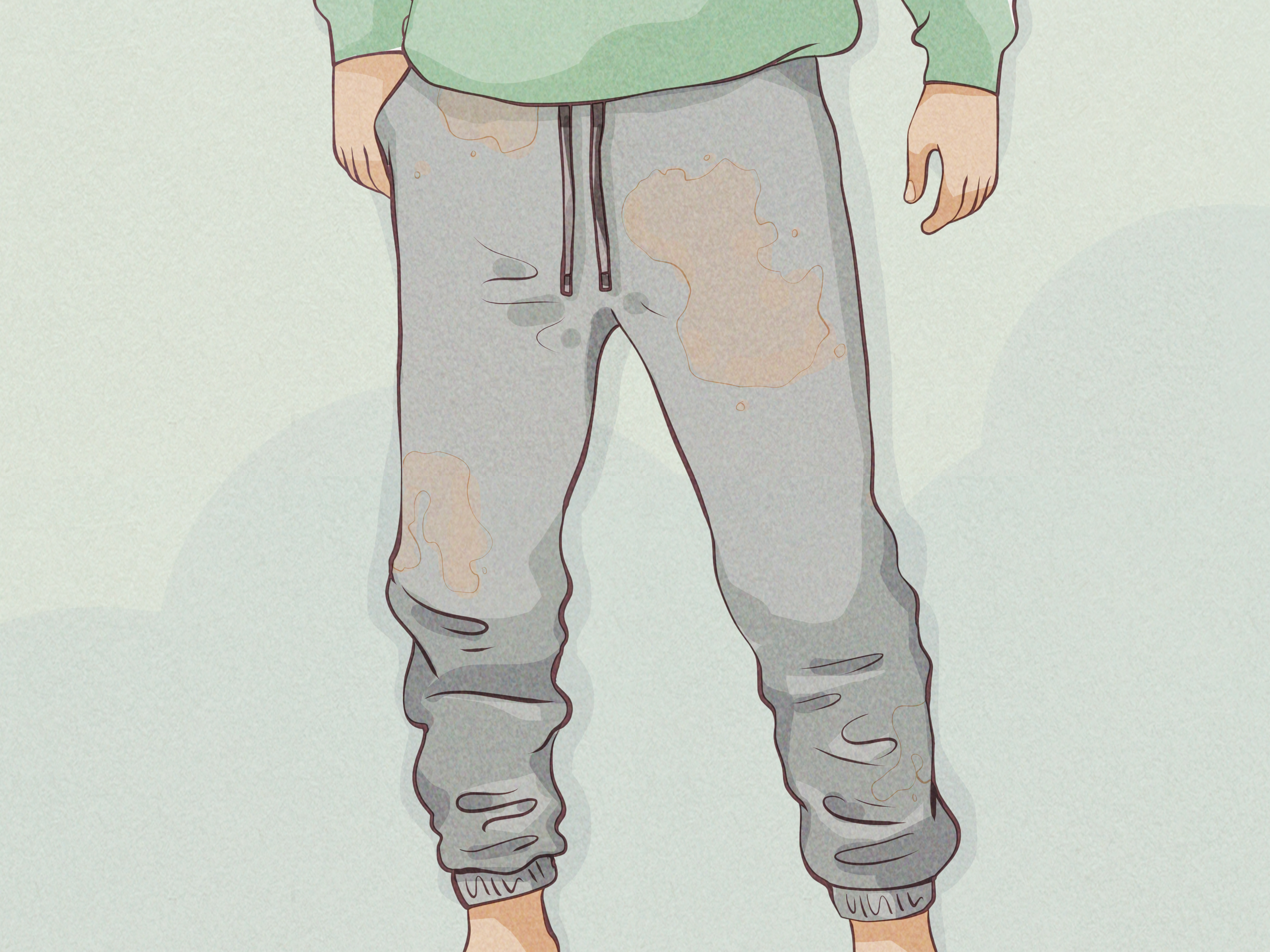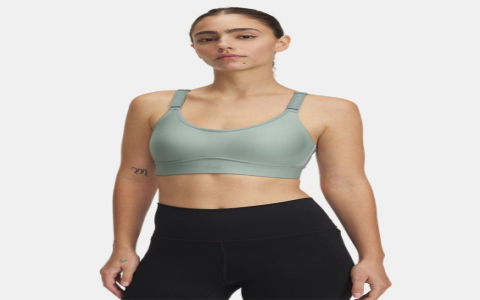Alright, so you’ve probably seen it all over the place online, right? This whole chatter about grey sweatpants. It’s one of those internet things that just kind of blew up. For a while, I just scrolled past it, didn’t think much of it. I mean, they’re just sweatpants.

My Quest for Comfy Pants Takes a Turn
So, here’s how I ended up going down this rabbit hole. I was actually on a mission, a simple one: find a new pair of super comfortable sweatpants. You know, for lounging around the house, maybe a quick run to the store. Comfort was key. But as I was browsing online, I kept bumping into these memes and comments specifically about grey sweatpants and, well, the ‘bulge’ aspect.
Being the kind of guy who likes to figure things out for himself, or at least see if there’s any real substance to a trend, my curiosity got the better of me. I thought, “Okay, what’s the actual deal here? Is it the color? The fabric? Is this just a massive internet inside joke or is there something to it?” So, I decided to do a little practical, hands-on investigation. My own little sweatpants experiment, if you will.
The Great Sweatpants Investigation: What I Did
First things first, I needed test subjects. So, I didn’t just grab one pair. I decided to get a few different types to really see what was what:
- A cheap, thin, light grey pair – the kind you see in a lot of those online posts.
- A slightly thicker, better-quality grey pair, more fleecy on the inside.
- An “athletic fit” grey pair, supposedly designed for movement.
My highly scientific method? I wore them. Around the house, doing normal stuff. Bending, sitting, walking around. I wasn’t trying to achieve anything specific, you know? Just living in them for a bit to observe. What’s comfortable? What’s not? And yes, what’s the deal with the whole ‘bulge’ phenomenon everyone’s talking about?
Observations from the Field (My Living Room)
Okay, so here’s what I figured out from my very serious sweatpants study. The biggest factor? It’s pretty much all down to fabric and fit. Shocking, I know.

Those super thin, light grey ones? Yeah, they don’t leave much to the imagination. The material is often flimsy, drapes a certain way, and the light color definitely plays a role in how shadows and contours appear. There’s no magic to it; it’s just that specific combination. They’re often comfortable in a lightweight way, but not very forgiving, visually speaking.
The thicker, fleecier pair? A totally different story. Much more structured. Comfy as all get-out, but the material has more body, so it doesn’t cling or reveal as much. It just sort of… sits there. Like, you know, regular sweatpants.
The athletic fit ones were interesting. They often have different seam constructions or gussets for movement. Some were quite modest; others, depending on the cut around the front, could still be a bit… prominent. It really varied by brand and specific design.
And the grey color itself? I reckon it’s partly because light grey shows shadows well, making contours more visible than, say, black or dark navy. Plus, it became a self-fulfilling prophecy – it’s the “grey sweatpants” meme, so that’s what people look for and buy into.
So, What’s the Real Story?
After all this, my grand conclusion is that the “grey sweatpants bulge” thing is, like many internet trends, a bit of an exaggeration mixed with some truth. It’s not some mystical property of all grey sweatpants. It boils down to thin material, a certain kind of fit (often a bit snug or drapey), and the light color enhancing visibility.

Most guys are probably just grabbing a pair of comfy pants without thinking twice. But if you happen to pick a certain style of thin, light grey sweatpants, well, they might be more revealing than you intended. Or, hey, maybe some guys are aware and lean into it. Who am I to judge?
For me, I just wanted comfortable pants. I did find a good comfy pair in the end (not the super thin ones, for the record). And I satisfied my curiosity about the great grey sweatpants mystery. It’s mostly just physics and fabric, folks. Nothing too scandalous, just another internet thing that got a life of its own. That’s my take on it, anyway, from my own little practical test run.


